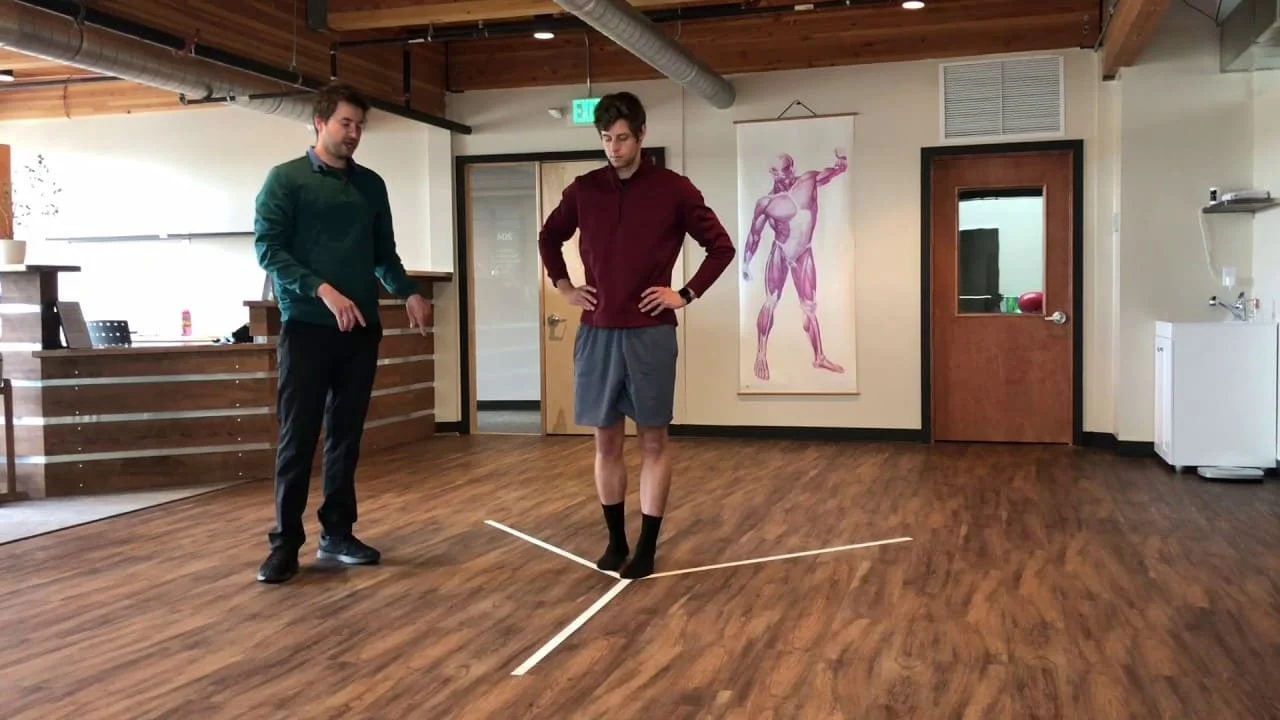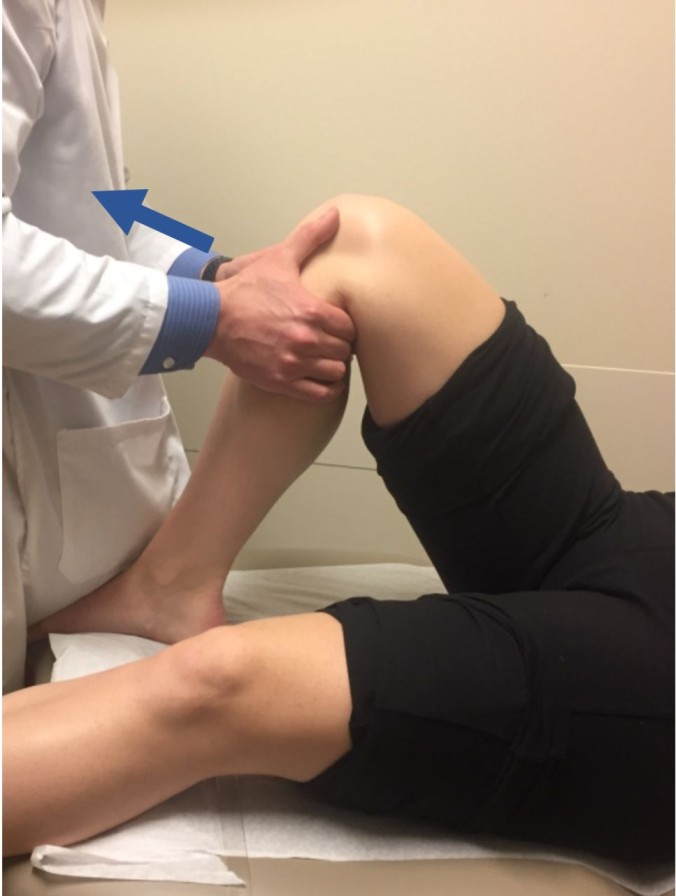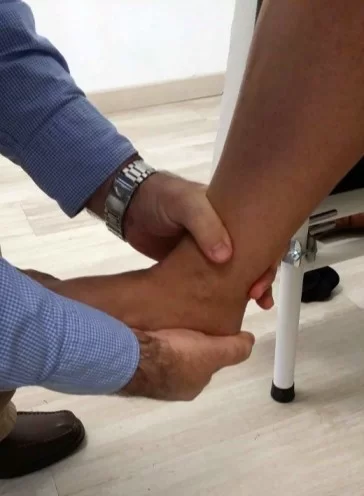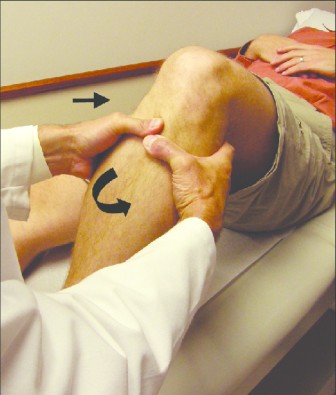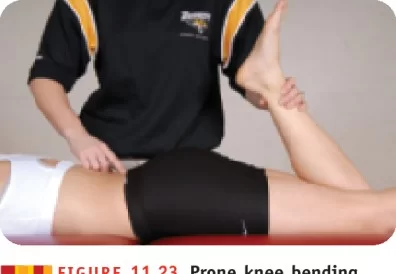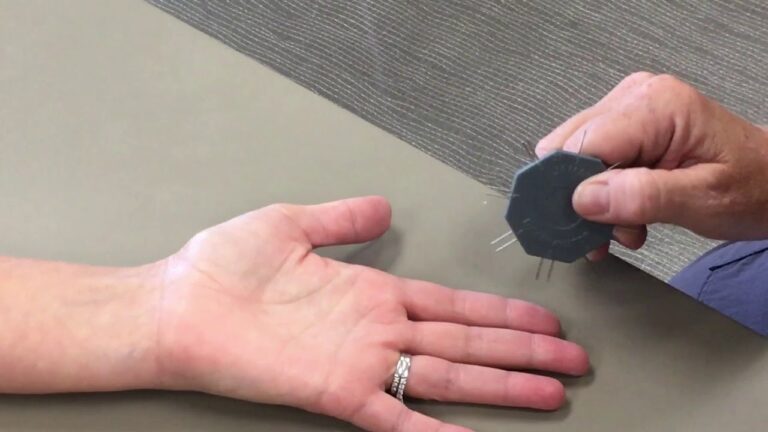Y Balance Test
What is a Y Balance Test?
The Y Balance Test is a functional assessment tool used in the fields of sports medicine, physical therapy, and fitness to evaluate an individual’s balance, strength, and neuromuscular control. This test is designed to assess the stability and coordination of the lower extremities, particularly the legs and ankles. It is often employed as part of a comprehensive assessment to identify potential deficits or asymmetries in these areas.
During the Y Balance Test, an individual stands on one leg while reaching with the opposite leg in three directions, forming the shape of a “Y.” The test measures the maximal distance they can reach in each of these directions, which provides valuable information about their dynamic balance and functional strength.
Purpose
The Y Balance Test is mostly used to:
- Assess Injury Risk: It can help identify individuals at risk of lower extremity injuries, such as ankle sprains or knee injuries, by identifying imbalances or weaknesses in the lower limbs.
- Track Rehabilitation Progress: Physical therapists often use the Y Balance Test as a part of rehabilitation programs to monitor an individual’s progress in recovering from injuries and improving their balance and strength.
- Enhance Performance: Athletes and fitness enthusiasts can utilize the test to identify areas of weakness or imbalance that may affect their sports performance or training regimen.
- Set Baseline Data: Establishing baseline Y Balance Test scores can be beneficial for tracking changes in balance and lower limb function over time and for developing targeted interventions.
How to perform the Y Balance Test?
Equipment Require:
It’s essential to have the following things before the test actually begins:
- Consistent and efficient testing facility (minimum 2×2 meters).
- Test administrators
- Sticky tape and a measuring tape
- Performance recording sheet.
Warm Up
Before the test starts, participants should completely warm up. Warm-ups should reflect the physiological and biomechanical requirements of the test. In addition, after the warm-up and before the test starts, adequate recovery (e.g., 3-5 minutes) should be given.
Procedure:
The athlete should take off their shoes and wear light apparel. They must then wait for further instructions while standing on the central platform behind the red line.
The following sequence should be used to do the test:
- Right Anterior
- Left Anterior
- Right Posteromedial
- Left Posteromedial
- Right Posterolateral
- Left Posterolateral
The athlete should be told to slide the first box forward with their right foot as far as they can while keeping their hands firmly on their hips and then to come back to the upright starting posture.
The nearest 0.5 cm should be used to measure reach lengths.
After that, they should do it again with the same foot, completing three successful reaches altogether. They are then allowed to repeat this action with their left foot after successfully completing three reaches with their right foot.
The athlete can move on to the next test direction (i.e., posteromedial) after completing three successful reaches with each foot.
The reach distance of each attempt should be noted by the test taker in order to determine the athlete’s YBT composite score.
Before returning to the starting position, the athlete cannot put a foot on the ground. A failing attempt will come from any loss of balance. However, players are allowed to put their foot down behind the center/balance foot box once they are back in the starting position.
Scoring System of Y Balance Test
The test administrator can use any or all of the following three equations to determine the athlete’s YBT performance scores after the test is over and all performances have been logged.
Reach distance (absolute) in centimeters
(Reach 1 + Reach 2 + Reach 3) / 3.
Reach distance relative (normalized) (%)
reach distance absolute/limb length*100
Composite reach distance (%)
3 times the limb length multiplied by the sum of the 3 reach directions
Reliability
When evaluated by first-year doctoral physical therapy students, the YBT has demonstrated very high levels of inter-rater test-retest reliability (ICC = 0.80-0.85).
Another study’s findings showing the intrarater reliability varied from 0.85 to 0.91 and the interrater reliability ranged from 0.99 to 1.00 lend credence to this. The intrarater and interrater reliability of the composite reach score was 0.91 and 0.99, respectively.
Resources
The “Move2Perform Algorithm” program uses the Y-Balance and the Functional Movement Screen (FMS) to forecast the risk for injury.
The following parts are used:
- Previous injury
- Composite score for the Y-Balance test based on sex, sport, and level of competition
- Y-Balance Test asymmetry
- Functional Movement Screen (FMS) total score
- Functional Movement Screen Asymmetry
- Pain with testing
Patients are then divided into risk categories (normal, slightly increased risk, moderately increased risk, and substantially increased risk) based on the methodology.
Summary
The lengthy Star Excursion Balance Test (SEBT) procedure was improved with the creation of the Y Balance Test. As a result, the majority of the data that supports the Y Balance Test is based on studies done on the Star Excursion Balance Test. However, the Y Balance Test has shown to be a sensitive indication of injury risk in athletes in addition to having a high level of test-retest reliability.
References
Y Balance Test. (n.d.). Physiopedia. https://www.physio-pedia.com/Y_Balance_Test
Walker, O. (2023, September 1). Y Balance TestTM. Science for Sport. https://www.scienceforsport.com/y-balance-test/

